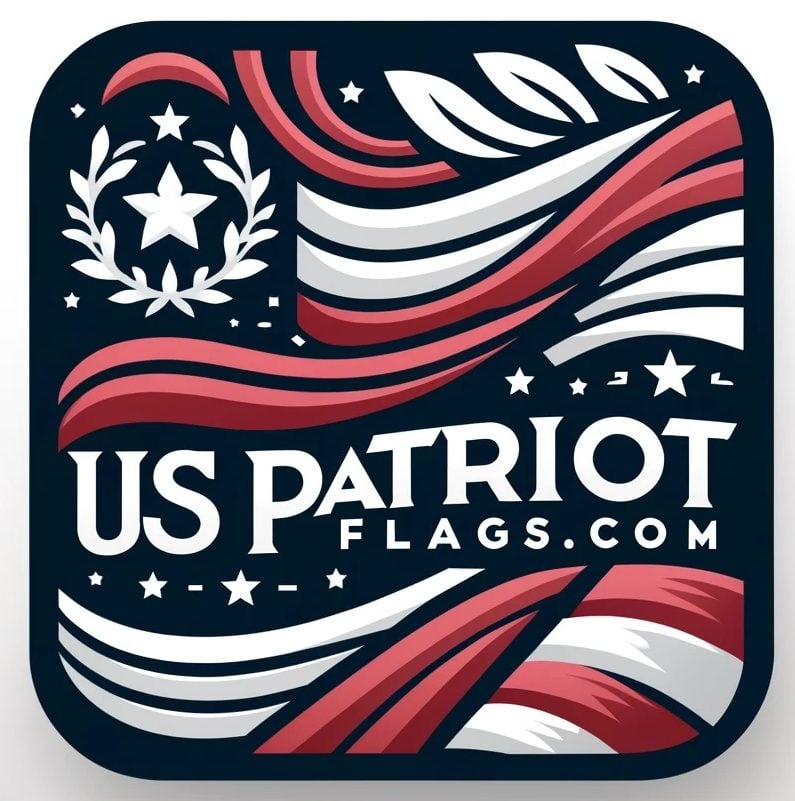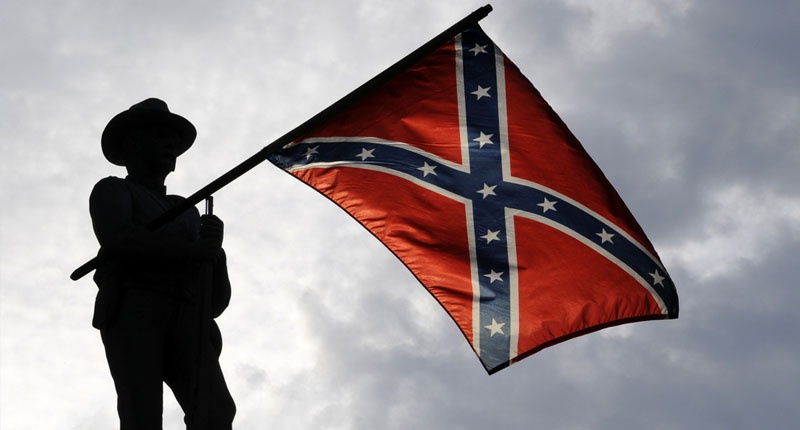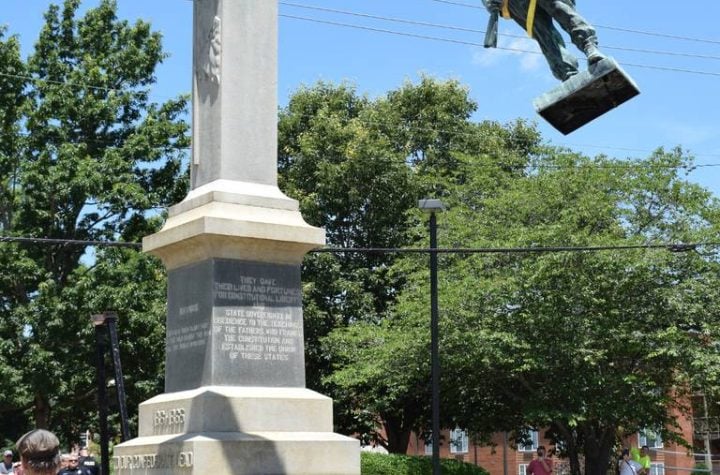
American cavalry has a long and proud tradition. These troops trained to fight on horseback were used effectively in the Revolutionary War, War of 1812, and the War with Mexico. The Civil War saw a significant change, with Cavalry heavily used as Mounted Infantry. They were soldiers who used their horses for maneuvers and moving fast, then dismounted to the fight. There was very little “cavalry vs. cavalry” in the Civil War, and even fewer mounted charges against infantry.
Surprisingly some Union cavalry units were mounted on mules. Why mules? They were especially feisty animals that could endure conditions that a normal horse could not.
The Confederacy began the war with an advantage over Union horsemen. The entire South was horse country, with few roads and rough terrain. Many Southerners owned a horse of some sort, and were at home in the saddle.
The North caught on after a while, and made effective use of their own cavalry. George Custer’s men certainly had their share of success in battle. The flamboyant young Custer, with his long blond hair, wide-brimmed hat, and velvet jacket, made a name for himself long before his famous last stand against Crazy Horse in 1876.
In a charge at the Battle of Yellow Tavern near Richmond, his 5th Michigan cost the South one of its greatest generals, J.E.B Stuart. One of Custer’s men shot and killed Stuart.
On the Confederate side, Nathan Forrest‘s cavalry was known for its fast travel. Union General Sherman reported that Forrest’s men and horses “could travel one hundred miles in less time than it takes ours to travel ten.” They could fight well when mounted, but usually fought on foot.
Military strategists still study and write about Forrest’s operations and leadership. A paper from the Naval War College includes the statement that he was “…an unlettered military genius in the operational art of war at the tactical level. Without a formal military education, he became one of the leading cavalry figures and greatest operational leaders of the war.”
This same paper went on to say,
“Generals Robert E. Lee and William T. Sherman and other leaders on both sides ultimately declared him the most remarkable soldier of the Civil War.” He was known for using a Battle Flag with only 12 stars, instead of the usual 13, so his opponents knew who they were facing.
Today’s U.S. Army Cavalry carries on the tradition that started in 1775, operating with much of the same tactics as the Mounted Infantry of the Civil War. Of course, the Cav gets there much faster today using motor vehicles, armored tanks, and helicopters
Appropriately, the motto of the 1st Cavalry Division is “The First Team.” One of the unofficial mottos is, “If you ain’t Cav, you ain’t…”
The history of American cavalry gives them every reason to stand tall and proud.





More Stories
Sad Woke Charlottesville liberals Melt down infamous statue of Robert E Lee
NC Appeals Court rules for Town of Louisburg in removal of Confederate monument
The Confederate Flag History: Everything You Should Know